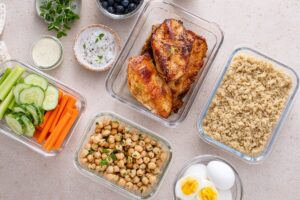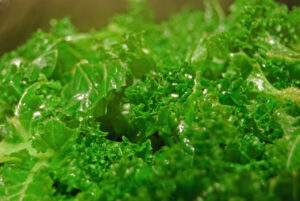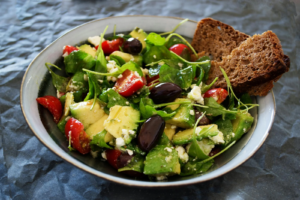
5 Tips for Dietitians Working with Clients with Autism Spectrum Disorder (ASD)
Supporting clients with Autism Spectrum Disorder (ASD) in their nutrition journey requires understanding, patience, and flexibility. As a dietitian, you can make a meaningful difference by tailoring your approach to











